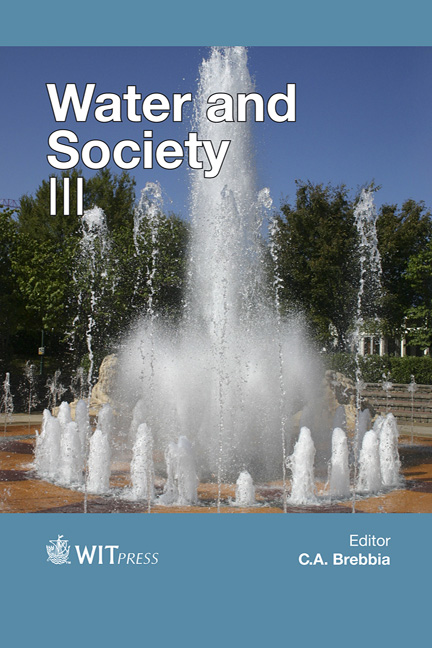Sustainable Water And Energy Management In Australia’s Farming Landscapes
Price
Free (open access)
Transaction
Volume
200
Pages
13
Page Range
329 - 341
Published
2015
Size
334 kb
Paper DOI
10.2495/WS150281
Copyright
WIT Press
Author(s)
W. J. Hurditch
Abstract
Australia’s ancient geology, continental isolation and long, stable biophysical evolution have produced a unique and biodiverse flora and fauna complex, and well-balanced mechanisms for handling water, nutrients and organic production in its landscapes. When humans arrived more than 40,000 years ago, Australia’s water, nutrient and energy systems were essentially self-sustaining. Western agricultural methods have since uncoupled parts of the innate productivity system that had long sustained these natural landscape functions. Many Australian farming and grazing businesses are today challenged from unreliable rainfall, declining soil health and rising debt. New landscape management approaches are now emerging. Some involve rehydration to reinstate Australia’s natural biophysical landscape functions and processes, and can deliver both ecosystem resilience and profitability to farming enterprises. Benefits of landscape rehydration for farmers include greater water reliability, improved soil organic content and reduced reliance on high-cost artificial inputs. It also assists in mitigating climate change, as vegetated, rehydrated landscapes dissipate incoming solar thermal energy via the plant-driven photosynthetic process and the daily water cycle. This feature, until now little recognised in mainstream climate change discussions, adds a major dimension to this opportunity for the world’s landscapes.
Keywords
Australia, salinity, rehydration, fertility, sustainable farming, soil





